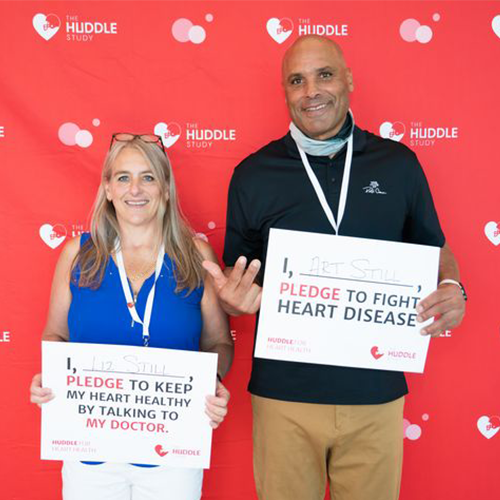
Hereditary Amyloidosis (hATTR)
Awareness and Early Detection
PREFACE – THE ROAD TRIP


After a fulfilling 12-year career in the NFL, I began experiencing symptoms that didn’t make sense. It took years, countless doctors, and finally, a diagnosis: Hereditary ATTR amyloidosis. But by then, the signs had been there all along.
Understanding hereditary ATTR amyloidosis is a health condition that runs in families. It affects many people, including those of African American descent. In this condition, a protein in the body called transthyretin (TTR) doesn’t work properly. When this happens, the protein can build up in parts of the body like the heart, nerves, and digestive system, leading to health problems.
This disease has touched more than just me, with an impact on my family. My older brother, Sparky, had a heart transplant. His son, Jahmai, passed away 4 years ago at 36 years old. He had sickle cell and amyloidosis. My younger brother, Dennis, needs a new heart. And others in my family are showing the same symptoms. This isn’t rare to us – it’s real. And it’s happening to so many others who don’t even know they carry the gene.
We’re here to raise awareness about amyloidosis, especially in communities that are often overlooked. We want to help people catch this disease early – before it’s too late. Because with the right knowledge and care, lives can be saved. Together, we work tirelessly to educate, advocate, and support our community, ensuring that no one has to face amyloidosis alone.
THE END GAME: AWARENESS AND EARLY DETECTION

